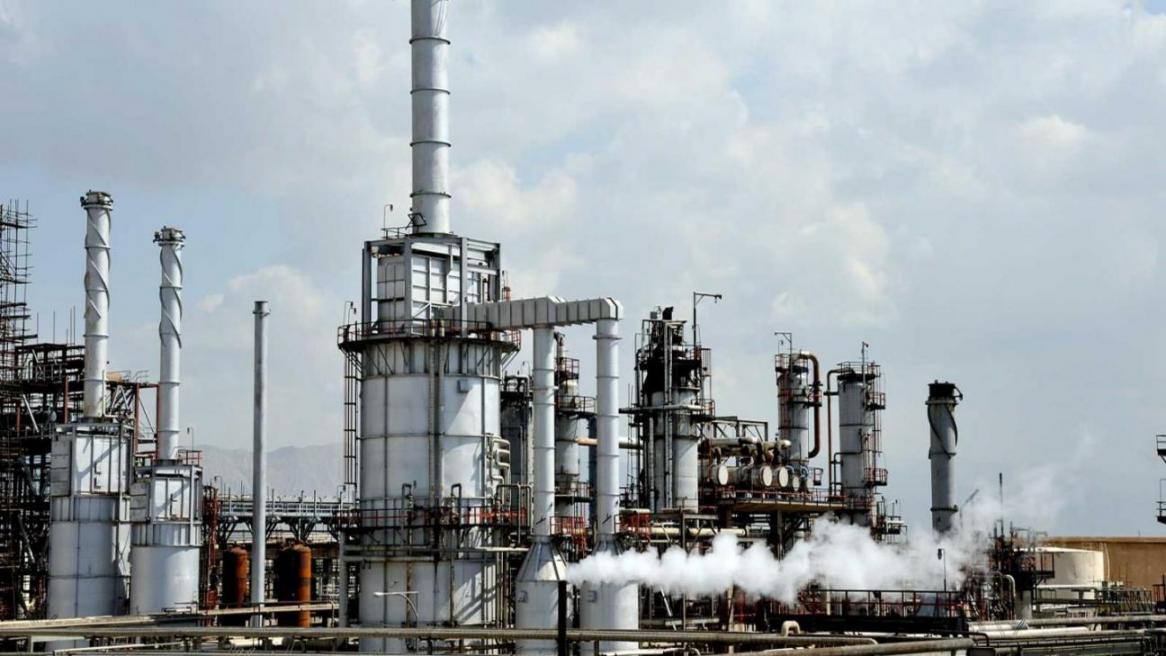Petrochemical exports in the first eleven months of the current Iranian calendar year (ends March 20) generated $13 billion, a 31 percent increase compared with the same period last year when earnings were reported at $9.9 billion, head of the Iranian Oil, Gas and Petrochemical Products Exporters' Association said.
In the said period, gas condensate exports reached $13.6 billion, 42 percent up from last year's $9.5, Hassan Khosrojerdi was quoted by ILNA as saying.
Export of petroleum products, including bitumen, stood at $2.1 billion, showing an eight percent increase from last year's $1.99 billion. Liquefied petroleum gas (LPG) exports in the eleven-month period showed 43 percent growth to reach $1.4 billion, compared with $971 million last year.
Methanol and polyethylene exports rose to $1.4 billion and $1.3 billion, showing 43 and 39 percent increase, respectively.
On whether an increase in feedstock price had impacted the export of petroleum products, Khosrojerdi said there was no such correlation, however, he acknowledged that feedstock prices impact profitability of projects that are distant from feedstock and consumption markets, especially since prices for raw materials offered by competitor suppliers have fluctuated in accordance with plummeting oil prices.
"Investments in the sector might be hit by low profitability," he added. Declining oil prices do not affect domestic refineries as they all receive subsidized fuel, the official noted.
The continued decline in global oil prices since last summer has pushed some petrochemical firms to unload their inventories, but it also is sowing the seeds for better economic conditions, lower petrochemical prices and improving global petrochemical demand. These trends are ultimately leading to tighter market conditions, according to analysis from HIS, a US-based company, which provides information, expertise and analysis to support the decision-making process of businesses and governments in key capital-intensive industries.
Brent has fallen nearly 50 percent since late June due to rising production, slowing global demand, and the absence of clear signals from the Organization of the Petroleum Exporting Countries (OPEC) that it will cut output. Brent crude fell from $115.71 a barrel on June 19 to $60.96 a barrel on Friday.


